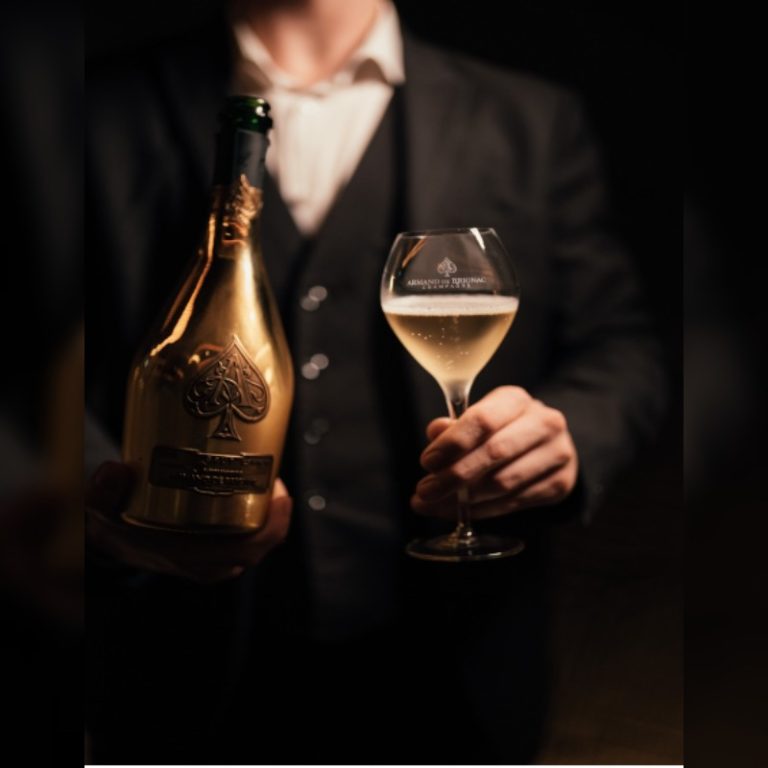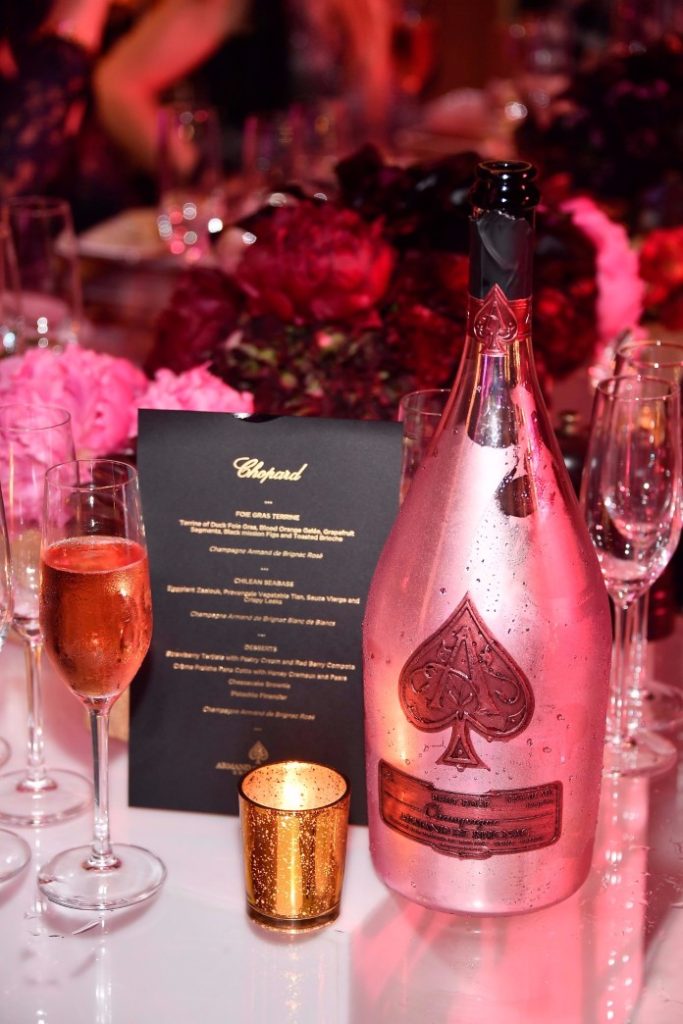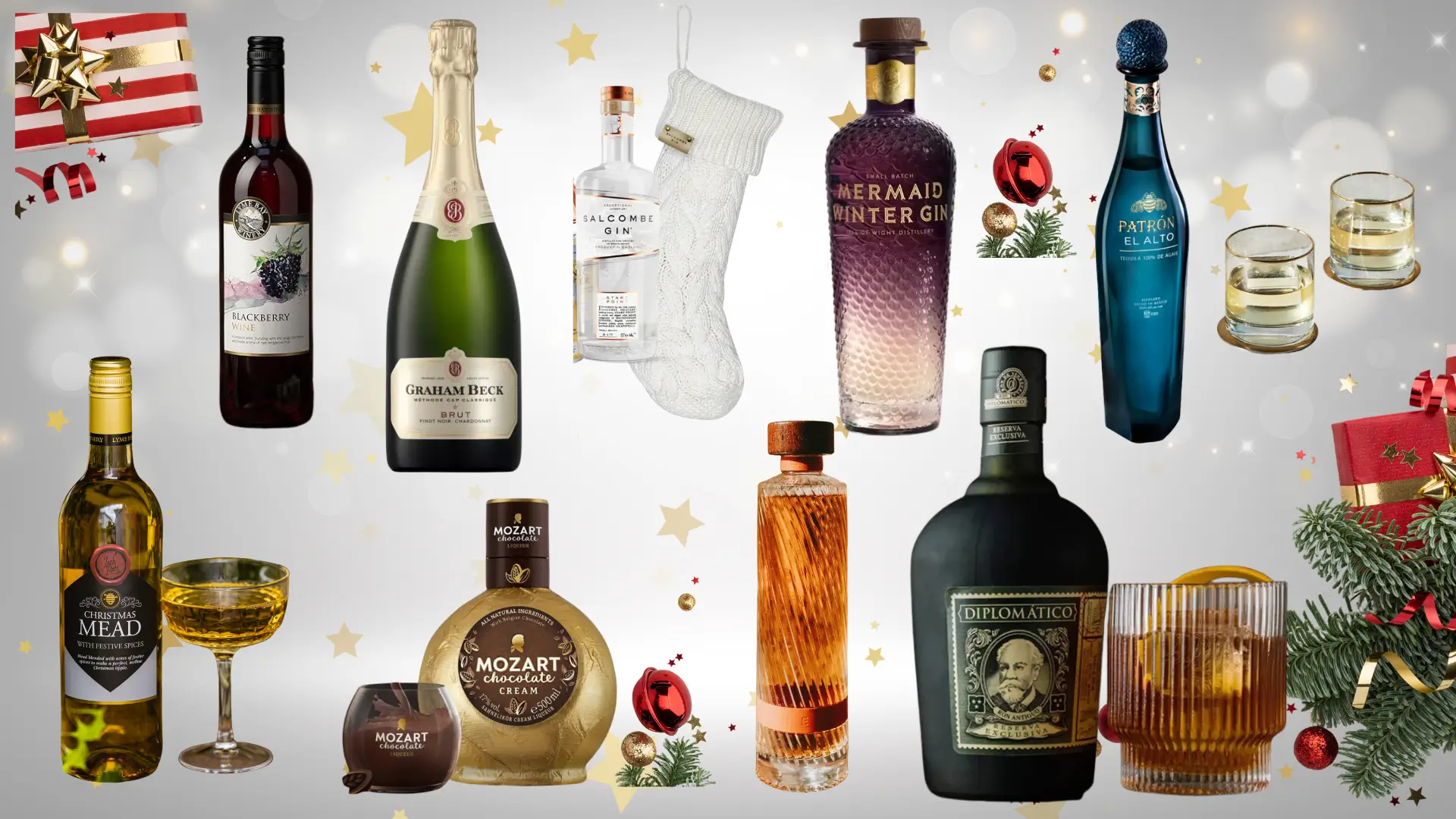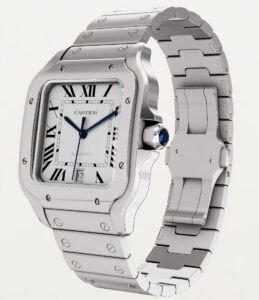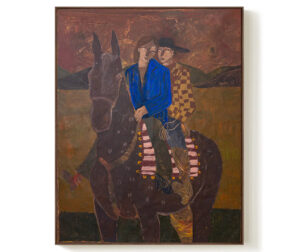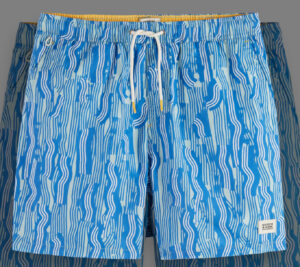Champagne, Speed, and Elegance
There are moments when gastronomy, haute, and spectacle converge so seamlessly that they define an era of indulgence. The collaboration between Chef Hisato Hamada and Armand de Brignac during the Singapore Grand Prix weekend embodies one such moment. It is a narrative of culinary craft meeting the artistry of champagne-making, all set against the pulsating backdrop of Formula 1’s night race—a city illuminated not only by floodlights but by the golden shimmer of one of the world’s most prestigious champagnes.
The World of Armand de Brignac
Armand de Brignac, known to many as the “Ace of Spades” champagne, has become a global symbol of exclusivity. Founded by the Cattier family in Chigny-les-Roses, France, this house carries centuries of tradition. Yet its transformation into a contemporary icon is owed to its ability to embody both heritage and bold modernity. Recognizable by its metallic bottles—polished gold, gleaming silver, vibrant pink, and luminous green—Armand de Brignac is not just a beverage; it is performance in a bottle.
The maison produces only a limited number of bottles annually, with each one meticulously hand-finished, from the application of pewter labels to the delicate placement of foil. In a world where mass production dominates, this devotion to craftsmanship underscores the rarity of the product.
Chef Hisato Hamada: Culinary Maverick
Enter Chef Hisato Hamada, co-founder of Wagyumafia, the Japanese dining group that has taken wagyu beef beyond borders and into the realm of global pop-culture luxury. Known for his bold presence, experimental approach, and ability to infuse Japanese tradition with international flair, Hamada has become a culinary celebrity. His collaborations extend far beyond the kitchen, intersecting with fashion, art, and now, champagne.
For this Singapore dining event, Hamada’s ethos of performance dining aligned uniquely with the sensory world of Armand de Brignac. Just as Formula 1 thrives on drama, speed, and precision, Hamada’s dishes arrive with a flair that goes beyond nourishment—they are an immersive ritual.
View this post on Instagram
Singapore Grand Prix: The Perfect Stage
The Singapore Grand Prix is unlike any other race on the Formula 1 calendar. As the first night race in F1 history, it is a spectacle that transforms the city into a neon-lit carnival of speed and glamour. It is here where luxury brands, global celebrities, and world-class hospitality converge. The synergy between Armand de Brignac and F1 is natural: both are about pushing limits, showcasing precision engineering, and creating once-in-a-lifetime experiences.
The dining event with Hamada elevated this synergy, offering guests a rarefied escape where champagne and cuisine met with breathtaking city views, staged against the roar of engines and the vibrancy of Marina Bay Sands.
The Setting: Gold, Glass, and Celebration
Walking into the venue was akin to entering a temple of modern luxury. Towering glass windows revealed Singapore’s iconic skyline, while interiors shimmered with reflective gold. Bottles of Armand de Brignac stood proudly on display—like trophies of indulgence—each one catching the light in ways that felt choreographed.
Tables were dressed in deep black linens, punctuated by elegant white floral arrangements and flickering candles. Every detail was deliberate, from the engraved crystal glasses to the bespoke menus tied with satin ribbons. It was less a dinner and more a stage performance, with every element designed to echo the grandeur of the champagne itself.
A Symphony of Pairings
The highlight of the evening lay in the pairing menu, designed by Hamada to complement the full spectrum of Armand de Brignac champagnes. Guests began with the Blanc de Blancs, an expression of purity made entirely from Chardonnay, paired with delicate seafood that spoke of ocean freshness and finesse.
The Blanc de Noirs, bold and structured, accompanied wagyu dishes that showcased the depth and umami of Japanese beef. Demi-Sec, with its subtle sweetness, played beautifully with dishes infused with spice and heat—a nod to Singapore’s culinary heritage. Finally, the Rosé, vibrant in its pink metallic bottle, paired with dishes that emphasized texture and visual play, each bite reflecting the same glamour as the champagne itself.
This wasn’t just a dinner—it was choreography. The pouring of champagne, the unveiling of dishes, the interplay of flavors—it felt like an F1 race for the senses, full of drama, pace, and precision.
The Performance of Celebration
Hamada is not a passive chef; he is a showman. Throughout the evening, he engaged with guests, lifting bottles of Armand de Brignac with theatrical flair, echoing the movements of F1 drivers celebrating on the podium. In one climactic moment, a synchronized champagne salute took place, with bottles raised high against the glowing city backdrop, golden bubbles cascading into glasses as cameras captured the ritual.
Later in the night, golden confetti rained down on the guests, encapsulating the essence of celebration. This was not dining—it was immersion. Attendees were not spectators but participants in a shared luxury experience.
Culture
Events like this speak to the shifting language of luxury. No longer is prestige defined solely by possession; it is now about participation. Being part of a moment, one that cannot be replicated, carries more cultural weight than owning a rare object.
In this way, Armand de Brignac positions itself not just as a champagne but as a lifestyle marker. To drink it is to announce one’s belonging to a global network of taste, creativity, and exclusivity. Paired with Hamada’s maverick energy, the evening in Singapore became a cultural statement: a merging of East and West, heritage and innovation, elegance and spectacle.
Formula 1 and the Champagne Ritual
The symbolism of champagne in motorsport cannot be overstated. Since the 1950s, the tradition of spraying champagne on the podium has become one of F1’s most iconic images. Armand de Brignac, with its golden bottles, feels like the natural heir to this legacy. It is theatrical, luxurious, and inherently photogenic.
By bringing the brand into the context of F1 dining, the collaboration amplified the connection between champagne and victory, between gastronomy and glory. Guests were not just watching a race; they were living the podium experience through taste and celebration.
Beyond the Night: Legacy of the Experience
As dawn rose over Marina Bay Sands the following morning, the golden shimmer of the night remained in memory. This collaboration was not simply about food and drink; it was about storytelling. It told of a champagne house that dared to stand apart, a chef who embraced performance as cuisine, and a race that symbolized speed, danger, and global unity.
The legacy of this event lies not only in the glasses raised but in the shared memories created. For those present, it became a marker of cultural capital, a story to recount, a chapter in their personal anthology of luxury experiences.
Flow
Armand de Brignac’s collaboration with Chef Hisato Hamada in Singapore reflects the future of champagne culture: immersive, experiential, and interwoven with broader cultural spectacles. It is no longer enough to sell a bottle; the bottle must tell a story.
Luxury in the 21st century is not about excess—it is about precision, curation, and resonance. Just as an F1 car is not merely a vehicle but a piece of engineering artistry, Armand de Brignac is not merely a champagne but a performance. And when paired with Hamada’s culinary craft, it becomes unforgettable.
For those who witnessed the golden bottles shimmer against Singapore’s skyline, who toasted with wagyu and champagne as confetti fell like rain, this was more than a dinner. It was a glimpse into the evolving world of luxury—fast, theatrical, and always in pursuit of the extraordinary.
No comments yet.

